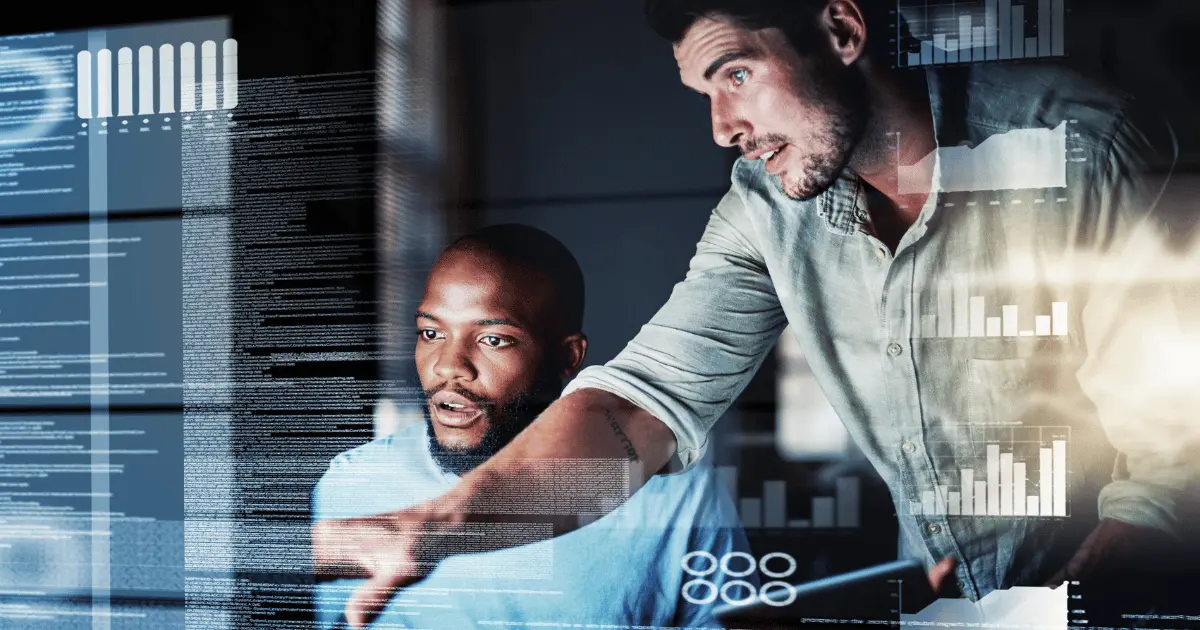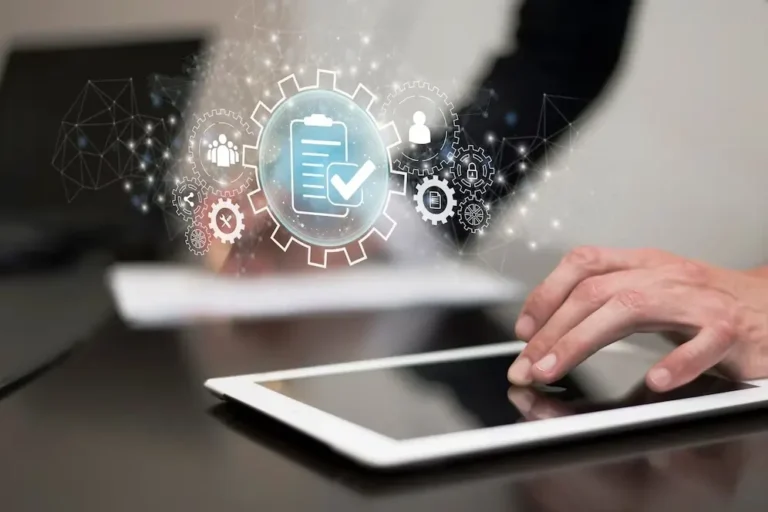Python, a versatile and powerful programming language, has undergone significant changes throughout its evolution. One of the most notable shifts in Python’s history is the transition from Python 2 to Python 3.
This change brings about crucial improvements and modernizations to the language, but it also necessitates careful consideration and adaptation for developers with existing codebases.
In this article, we will explore the key differences between Python 2 and Python 3, discuss the importance of transitioning, and provide strategies for making a seamless switch.
WHAT IS PYTHON?
Imagine a language that’s not just about talking to computers but also about sparking creativity, solving problems, and building your digital dreams. That’s Python – a versatile, friendly, and powerful programming language that has captured the hearts of millions.
Python was created by Guido van Rossum between 1985 to 1990 and has since evolved into a powerful tool used across a wide range of applications, from web development and scientific computing to artificial intelligence and machine learning.
WHAT IS PYTHON 2?
Python 2, initially released in October 2000, marked a significant milestone in the language’s history. It brought forth numerous improvements over its predecessor, Python 1.6, including list comprehensions, garbage collection, and Unicode support.
Python 2’s syntax and structure were lauded for their elegance and readability, propelling the language to popularity in both beginner and experienced developer communities.
However, as time progressed, Python’s developers recognized the need for further enhancements, leading to the creation of Python 3.
Python 2.0 (October 16, 2000): Introduced list comprehensions and Unicode support, expanding code elegance and internationalization capabilities.
Python 2.1 (April 17, 2001): Focused on performance enhancements, nested scopes, and improved variable scoping.
Python 2.2 (December 21, 2001): Added sets, XML parsing, and the @ decorator syntax for enhanced code structure.
Python 2.3 (July 29, 2003): Emphasized efficiency with enumerate(), better error handling, and enhanced developer productivity.
Python 2.4 (November 30, 2004): Introduced generator expressions and the with statement for memory efficiency and resource management.
Python 2.5 (September 19, 2006): Brought conditional expressions, improved error messaging, and flexible string formatting with format().
Python 2.6 (October 1, 2008): Introduced dictionary comprehensions, improved garbage collection, and execution speed optimizations.
Python 2.7 (July 3, 2010): The final Python 2 release, focused on stability, compatibility, and transitioning to Python 3 features.
WHAT IS PYTHON 3?
Python 3, introduced in December 2008, was designed to address the limitations of Python 2 while maintaining compatibility with existing codebases.
The Python Software Foundation aimed to create a cleaner, more consistent language with enhanced support for modern programming paradigms. Python 3 featured improved Unicode handling, a simpler syntax, and better performance through optimizations.
Here is the timeline of Python 3:
Python 3.0 (December 3, 2008): Overhauled syntax, embraced Unicode, and laid the foundation for modern Python.
Python 3.1 (June 27, 2009): Enhanced performance, refined error handling, and general optimizations.
Python 3.2 (February 20, 2011): Introduced concurrent futures, improved string formatting, and expanded standard library.
Python 3.3 (September 29, 2012): Simplified syntax, yield from expression, and enhanced Windows support.
Python 3.4 (March 16, 2014): Brought asyncio for asynchronous programming, improved metaclasses, and comprehensive library updates.
Python 3.5 (September 13, 2015): Introduced coroutines with async and await, matrix multiplication, and enhanced syntax.
Python 3.6 (October 2016): Introduced f-strings, dictionary order preservation, and new library modules.
Python 3.7 (June 2018): Focused on performance, and data classes, and introduced breakpoint() for debugging.
Python 3.11 (2022): The newest release, Python 3.11, advances with optimizations, syntax improvements, and enhanced libraries, embodying Python’s ongoing innovation and community collaboration.
KEY DIFFERENCES BETWEEN PYTHON 2 AND PYTHON 3
| Comparison Parameter | Python 2 | Python 3 |
| Year of Release | Released in 2000 | Released in 2008 |
| Print Keyword | Print is a statement | Print is a function |
| Storage of Strings | Strings stored as ASCII default | Strings stored as Unicode default |
| Division of Integers | Integer division yields integral value (e.g., 7/2 → 3) | Float division yields floating-point result (e.g., 7/2 → 3.5) |
| Exceptions | Exceptions enclosed in notations | Exceptions enclosed in parentheses |
| Variable Leakage | Global variables change within for-loops | Variables maintain values |
| Iteration | Uses range() for iteration | Uses range() for iteration |
| Ease of Syntax | More complicated syntax | Easier syntax |
| Libraries | Many libraries are not forward-compatible | New libraries designed for Python 3 |
| Usage Today | No longer used since 2020 | Widely used across Software Engineering, Data Science, etc. |
| Backward Compatibility | Requires effort to port Python 2 code to Python 3 | Not backward compatible |
| Application | Used in DevOps (no longer in use post-2020) | Used in Software Engineering, Data Science, and more |
WHY ARE THERE DIFFERENT PYTHON VERSIONS?
The presence of multiple Python versions arises from the desire to balance progress with backward compatibility. While Python 2’s legacy was revered, it came with accumulated design decisions and limitations. Python 3’s creation allowed for breaking these limitations and creating a foundation for future growth.
However, the transition was not seamless due to the incompatibility between the two versions.
WHICH PYTHON IS BETTER: PYTHON 2 OR PYTHON 3?
The answer is unequivocally Python 3. While Python 2 held its ground for many years, Python 3 offers a host of advantages for contemporary programming:
Cleaner Syntax: Python 3’s syntax is more consistent and readable, reducing the potential for ambiguity in code.
Unicode Support: Python 3 handles Unicode natively, minimizing common string encoding and decoding issues.
Performance Optimizations: Python 3 boasts various performance improvements, leading to faster execution of code.
Enhanced Libraries: Python 3’s libraries are designed to leverage modern programming paradigms, making development more efficient.
CONCLUSION
The evolution of Python from version 2 to version 3 represents the commitment of the language’s developers to progress and improvement. While Python 2 played an essential role in shaping the programming landscape, Python 3 emerged as the definitive choice for modern development. If you’re a developer looking to stay relevant and competitive, embracing Python 3 is the logical and rewarding path forward.







